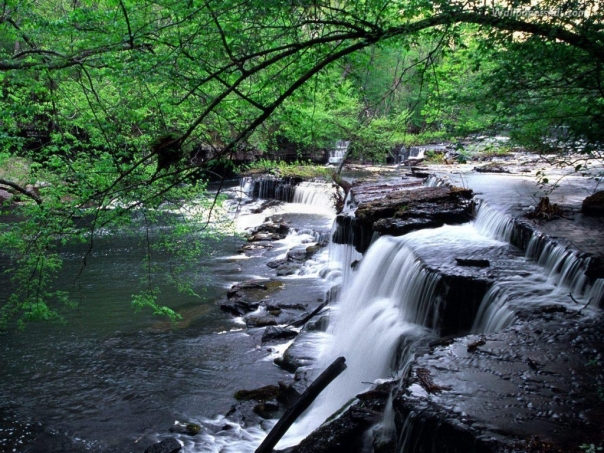CRL Fletcher was eager to write a textbook in the early 1900’s that would align young school going children with his view of England’s historical development. To do this, he had to include a short history of England that served as an introduction to the first chapter of his textbook, A History of England. By this time,Kipling had already penned The Jungle Book and Just So Stories for Little Children. His immense popularity amongst young readers prompted Fletcher to collaborate with Kipling. The River’s Tale is the poem that Kipling wrote as a result of this collaboration.
Twenty bridges from Tower to Kew –
Wanted to know what the River knew,
Twenty Bridges or twenty-two,
For they were young, and the Thames was old
And this is the tale that River told:-
“I walk my beat before London Town,
Five hours up and seven down.
Up I go till I end my run
At Tide-end-town, which is Teddington.
Down I come with the mud in my hands
And plaster it over the Maplin Sands.
But I’d have you know that these waters of mine
Were once a branch of the River Rhine,
When hundreds of miles to the East I went
And England was joined to the Continent.
“I remember the bat-winged lizard-birds,
The Age of Ice and the mammoth herds,
And the giant tigers that stalked them down
Through Regent’s Park into Camden Town.
And I remember like yesterday
The earliest Cockney who came my way,
When he pushed through the forest that lined the Strand,
With paint on his face and a club in his hand.
He was death to feather and fin and fur.
He trapped my beavers at Westminster.
He netted my salmon, he hunted my deer,
He killed my heron off Lambeth Pier.
He fought his neighbour with axes and swords,
Flint or bronze, at my upper fords,
While down at Greenwich, for slaves and tin,
The tall Phoenician ships stole in,
And North Sea war-boats, painted and gay,
Flashed like dragon-flies, Erith way;
And Norseman and Negro and Gaul and Greek
Drank with the Britons in Barking Creek,
And life was gay, and the world was new,
And I was a mile across at Kew!
But the Roman came with a heavy hand,
And bridged and roaded and ruled the land,
And the Roman left and the Danes blew in –
And that’s where your history-books begin!”
The poem is written simply, in order for young children to understand its themes without any difficulty. It uses the River Thames to tell the history of England. This is an integral point to note about the poem since Kipling uses a figure which is commonly known and loved by all children. The Thames (Kipling) tells the children that a long time ago, it was part of the Rhine in Europe. By this, he tells the children that England belonged to a different continent. He outlines an atmosphere of the Ice Age and all the animals that scoured the land to appeal to the child’s curiosity about nature. While doing so, he creates an instant connection with the children’s existing knowledge by quoting places which they are all familiar with, like Regent Park and Camden town. The Thames tells the children how England started off as a group of people who hunted and gathered for their livelihood. However, with the arrival of the Phoenicians and the Scandinavians, England became colonized and commercialized. The Thames speaks about the arrival of Julius Caesar and the technology that he brought. Finally, he ends by saying that “the Roman left and the Danes blew in -And that’s where your history-books begin!”This final line serves as an introduction to Fletcher’s first chapter, which speaks about the arrival of the Danes in 407 AD.
All in all, The River’s Tale is a pleasant and entertaining read, even for an adult!

